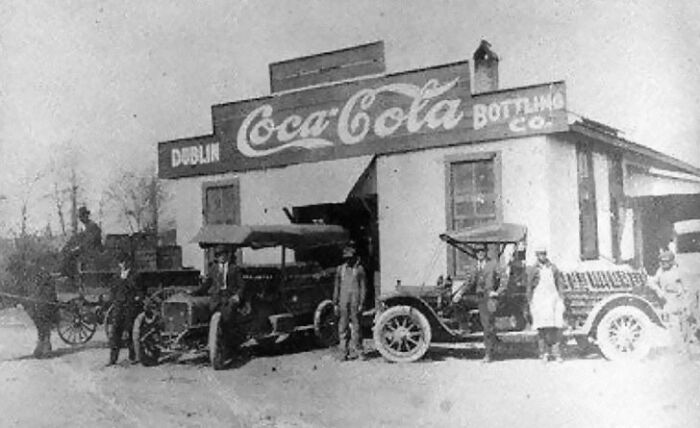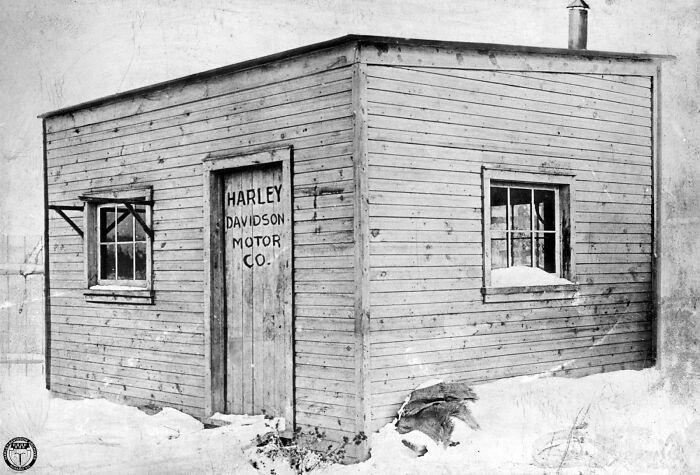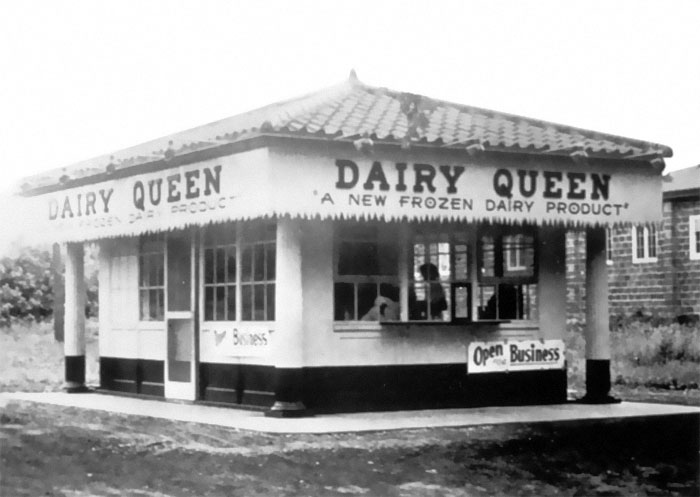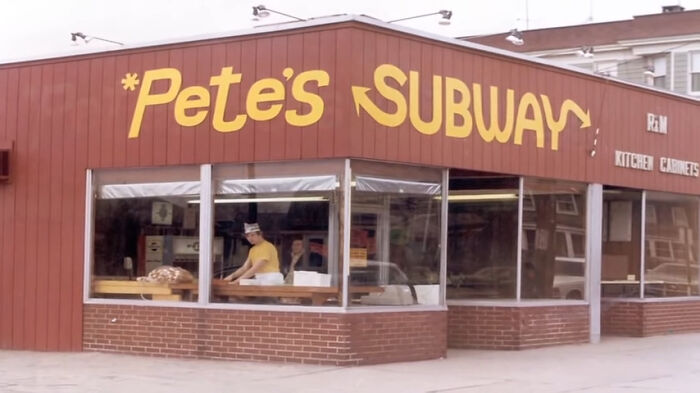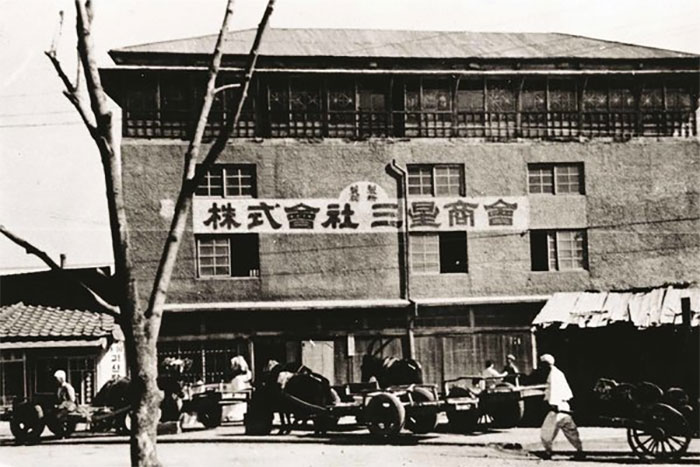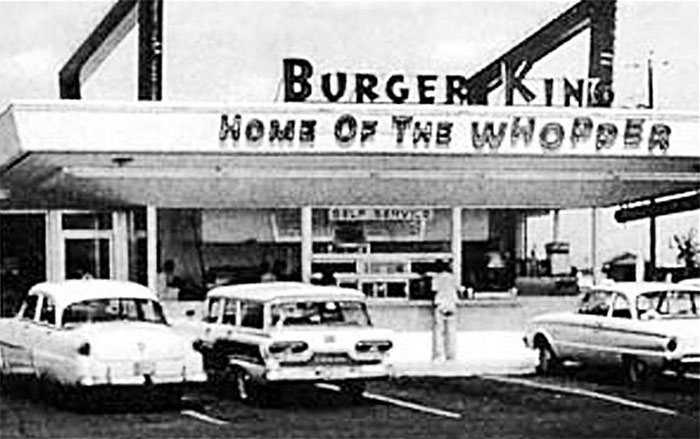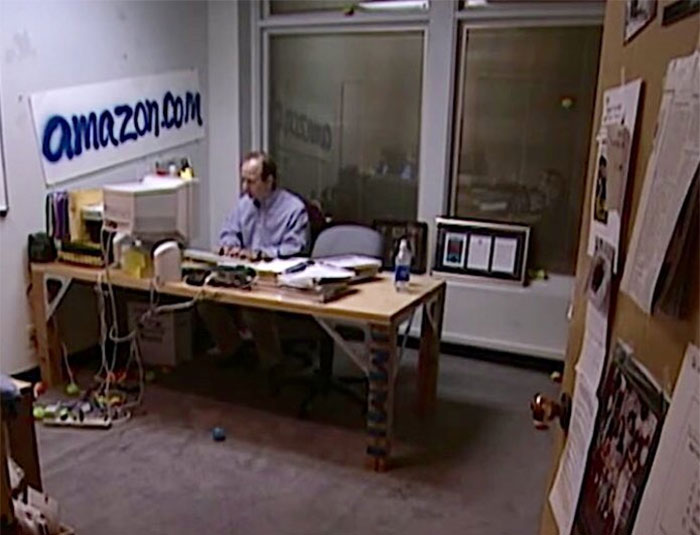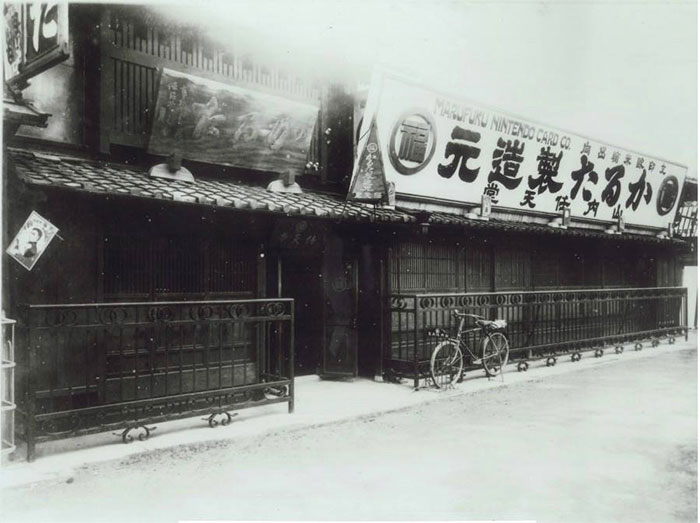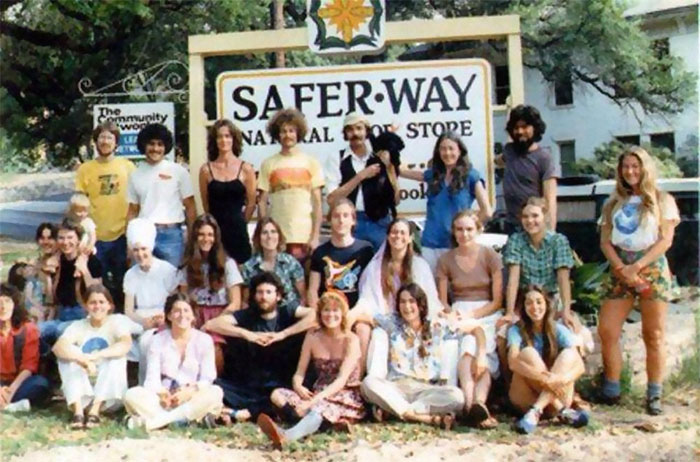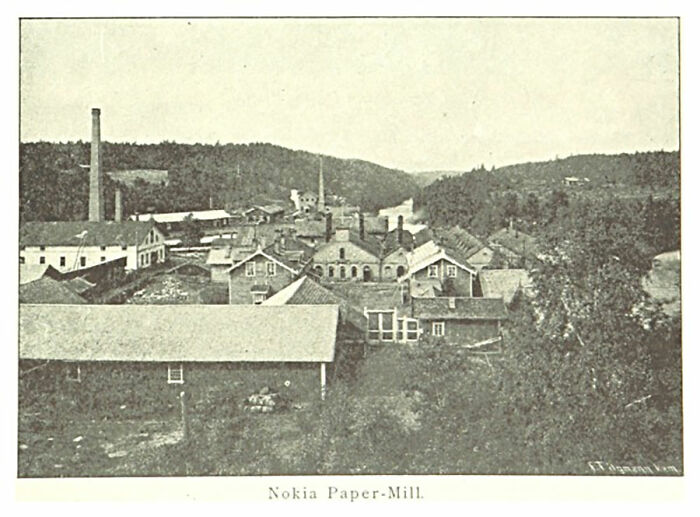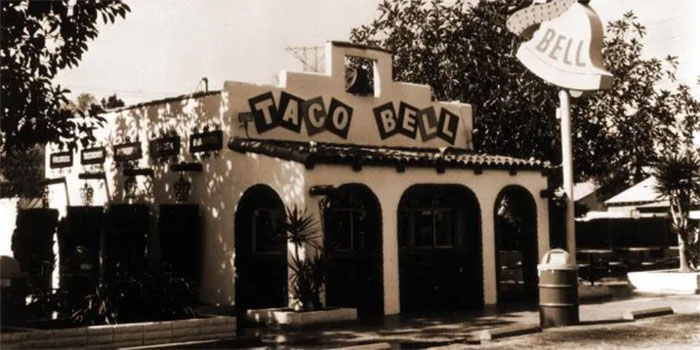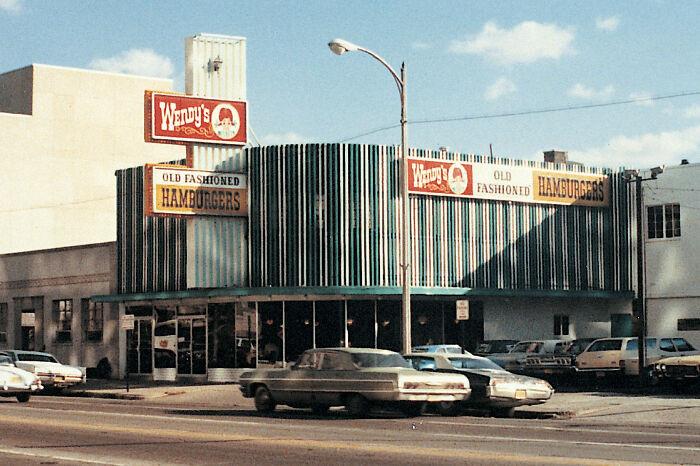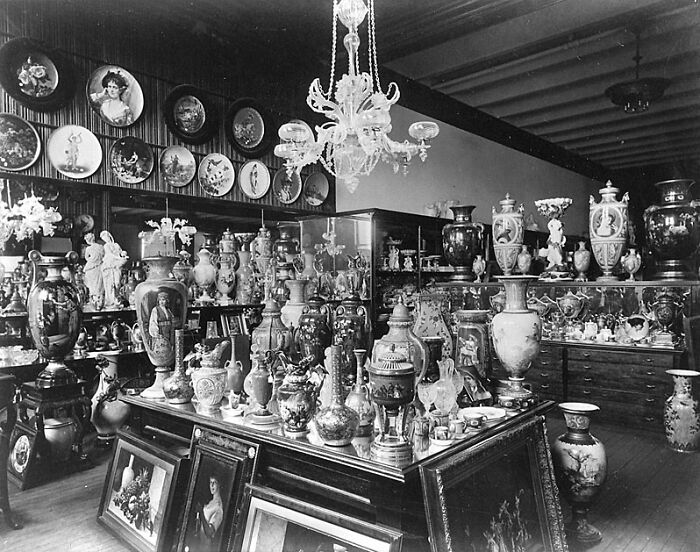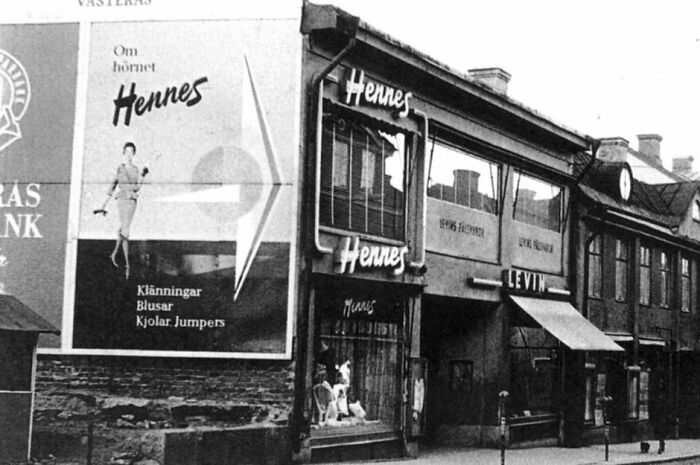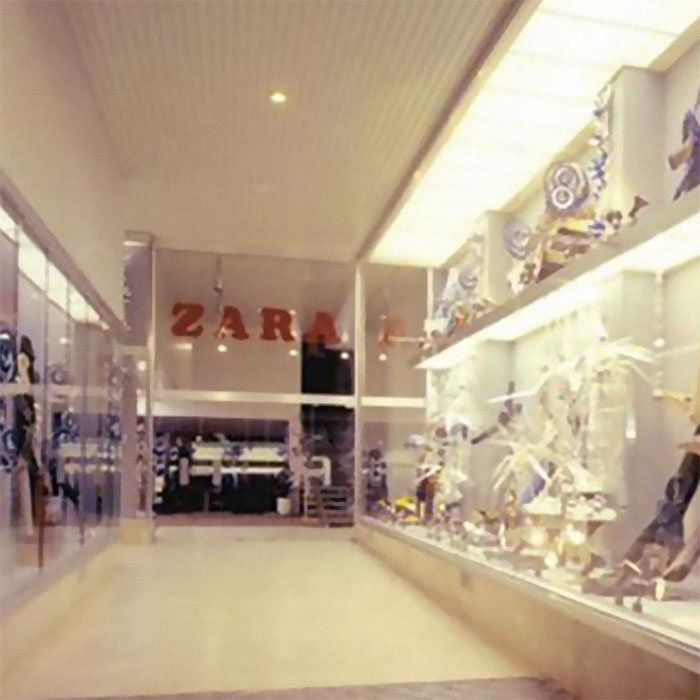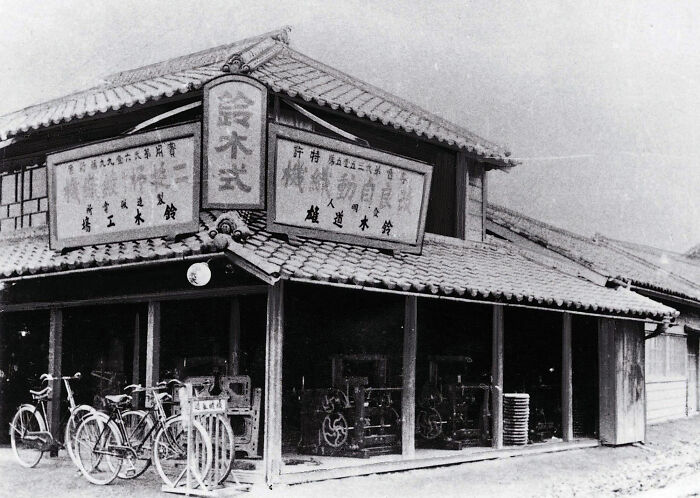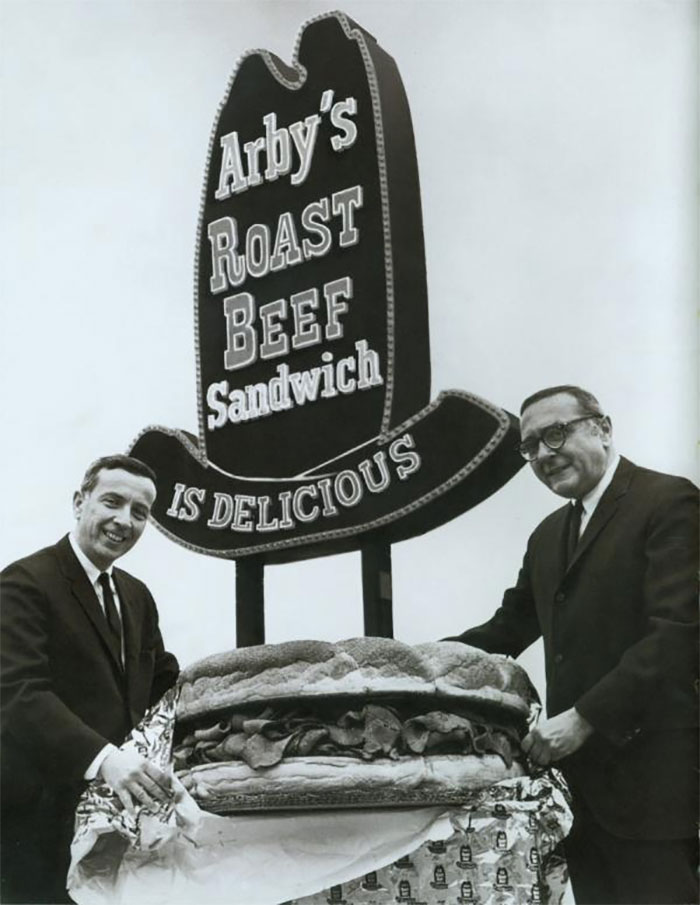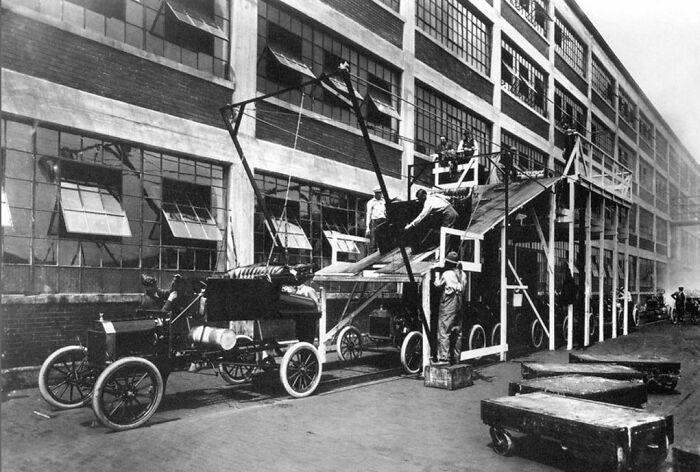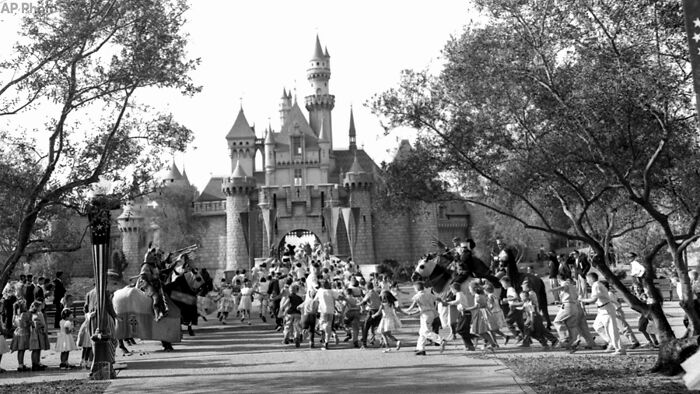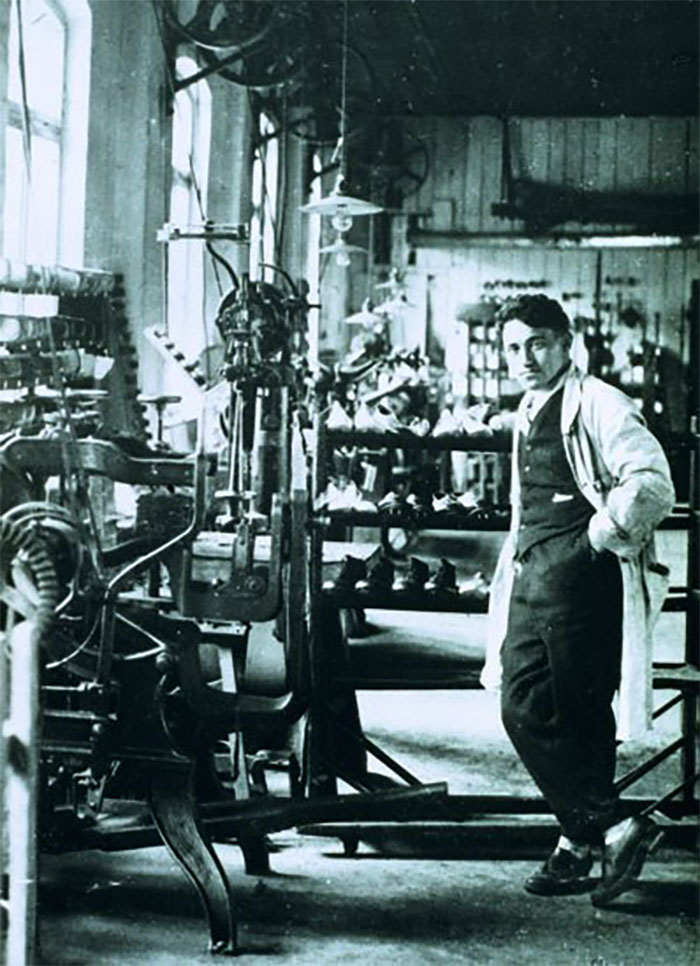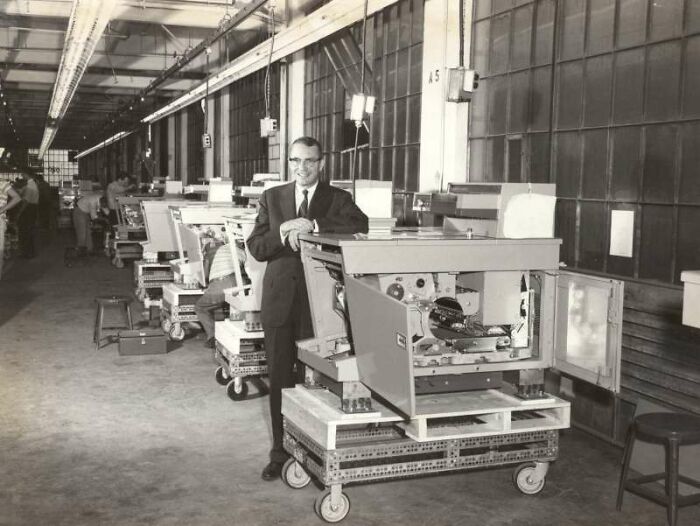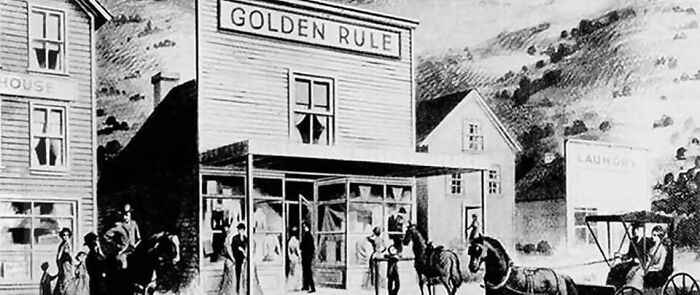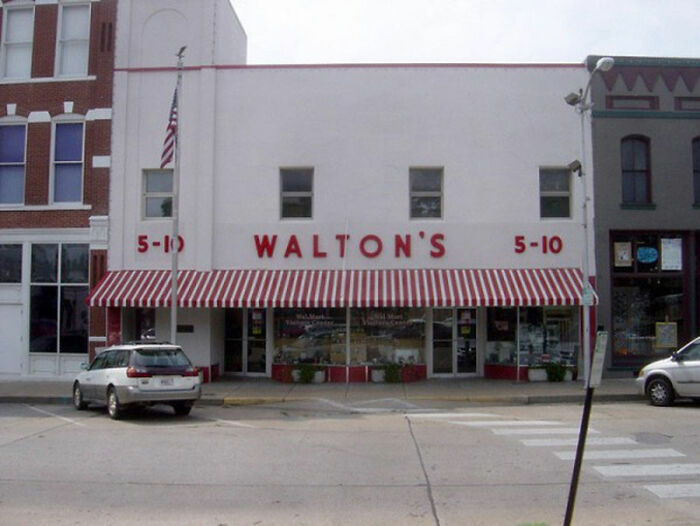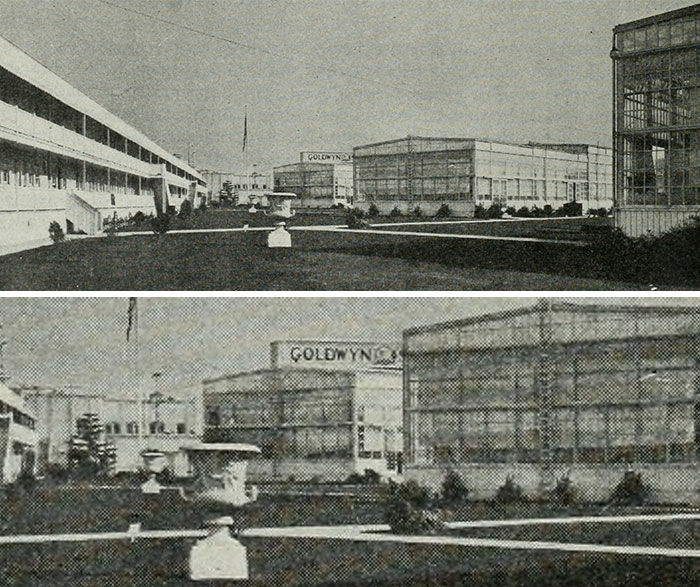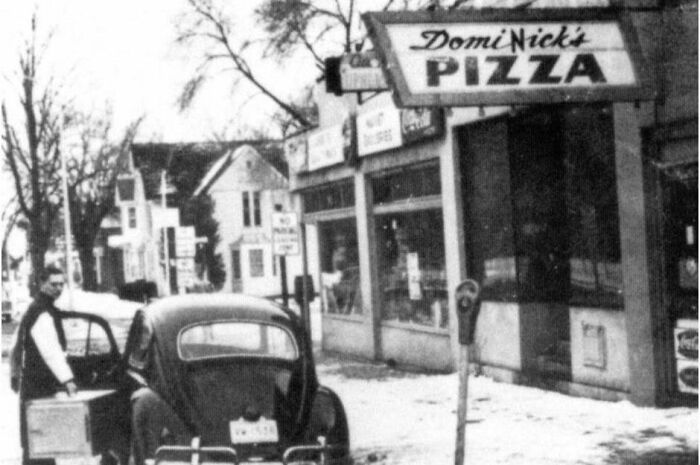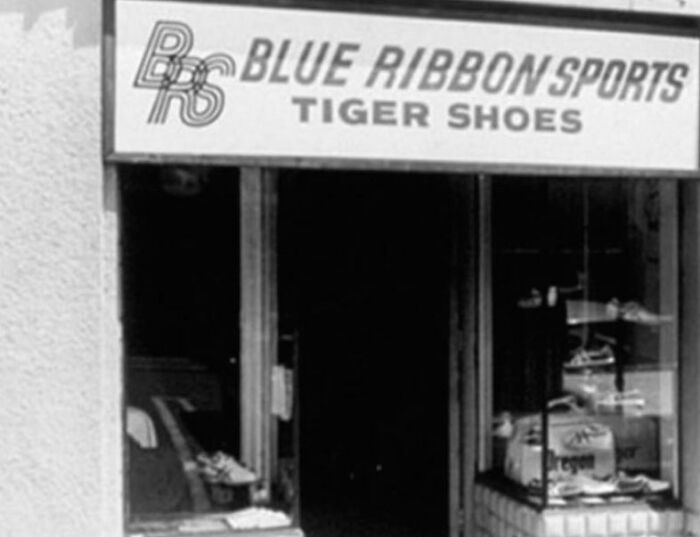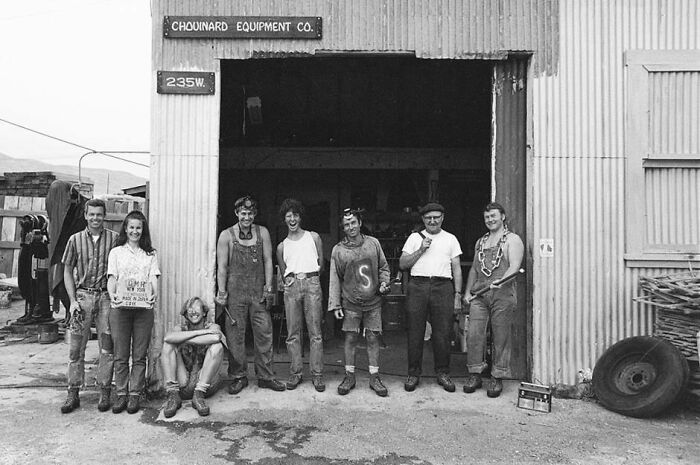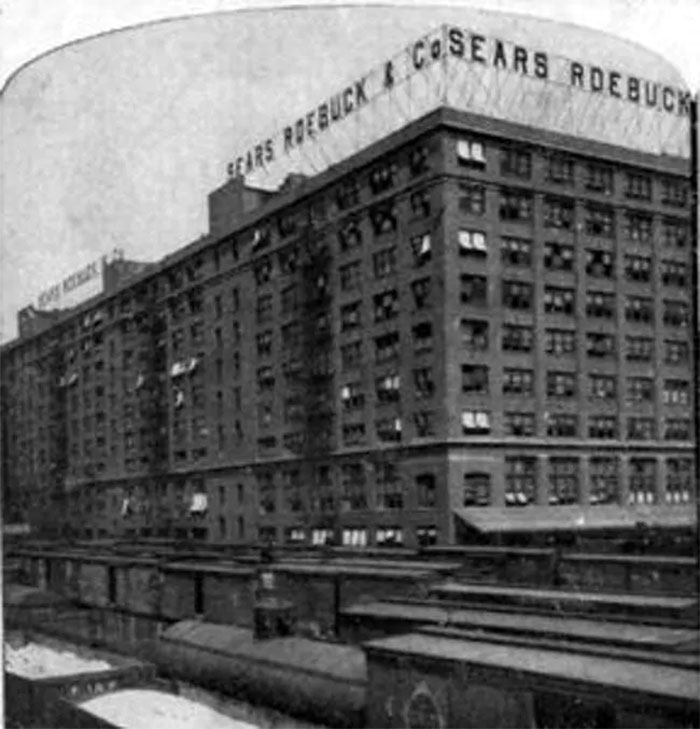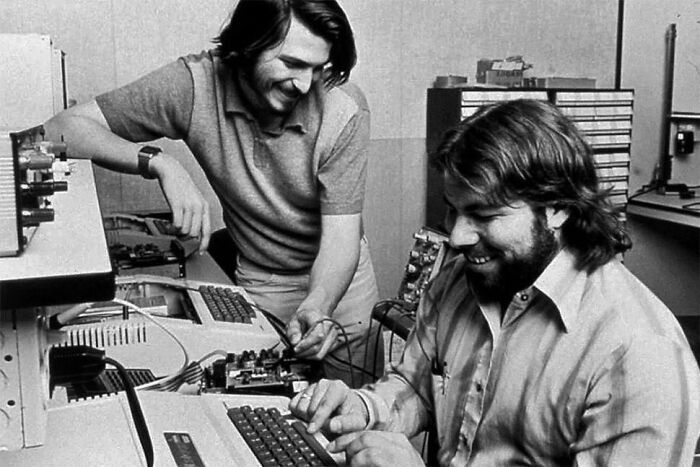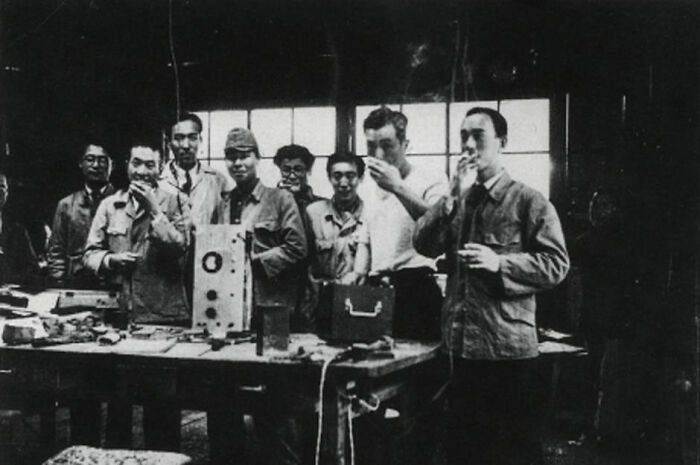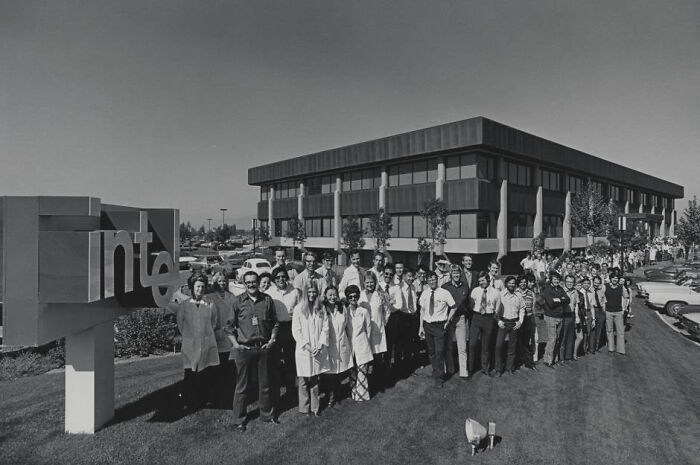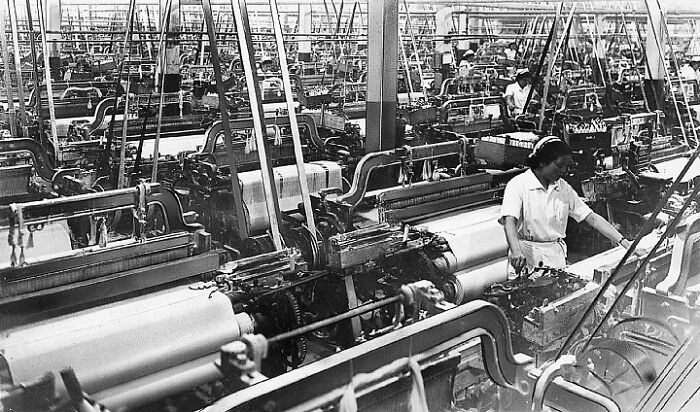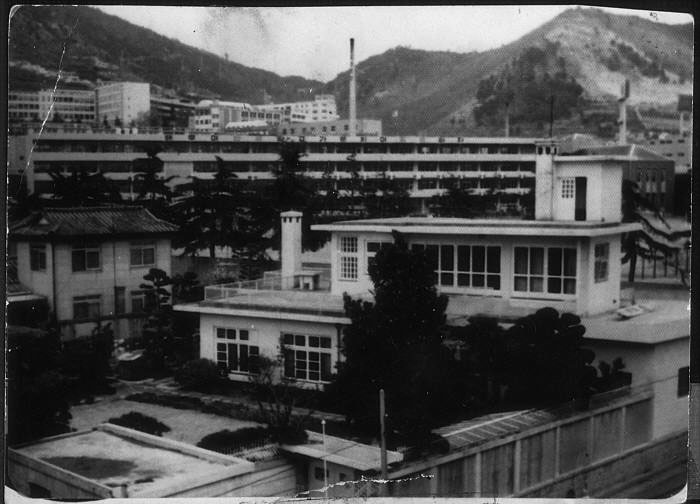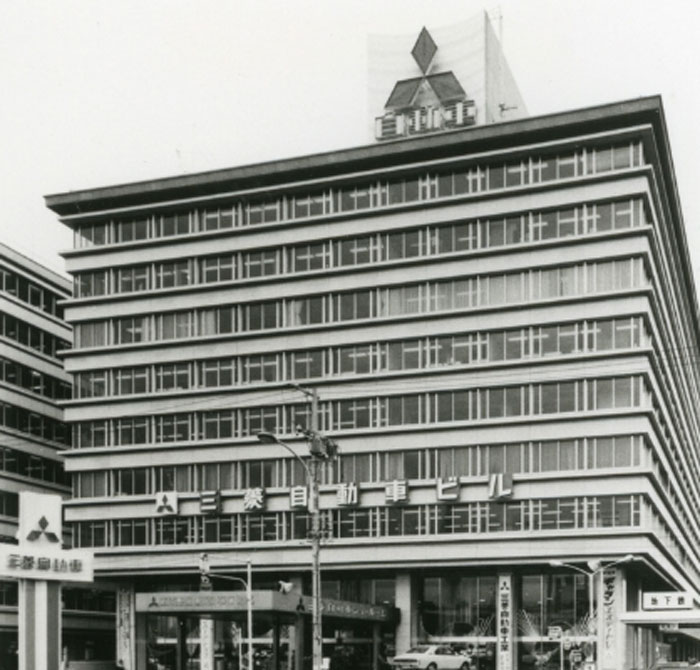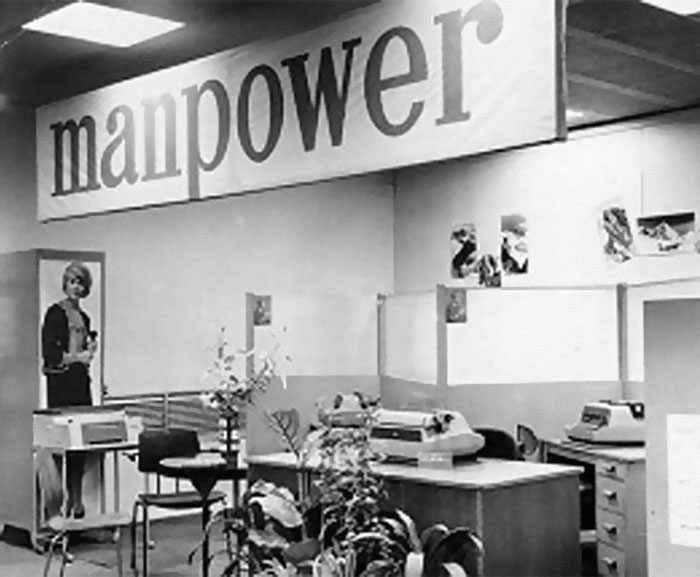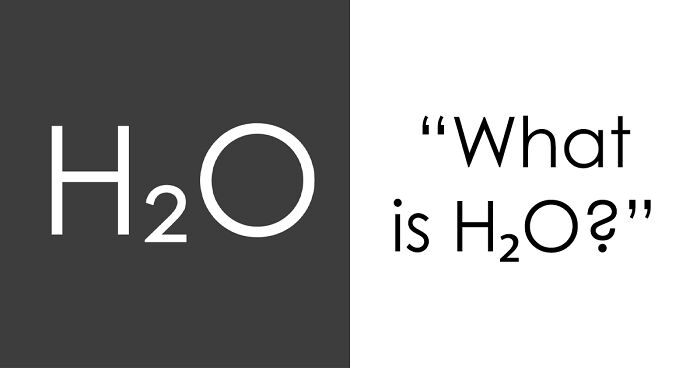Think about all the companies that have stores in your local area. When you start to count them all, the odds are that you’ll suddenly come to the realization that the world’s a very busy place with a lot of big-name companies having chains seemingly everywhere. From fast food places like Subway (aka Pete’s Subway) to stores like Walmart and more.
However, like all things, even the best and biggest conglomerates had humble beginnings. And the vintage pictures from these companies’ early days are incredible to look at. For all of you history and photography buffs out there, Bored Panda has collected this list of rare vintage photos of some of the world’s most iconic photos for you to enjoy.
Upvote your fave pics and let us know which early designs you enjoyed the most and why, as well as which companies you personally believe changed for the better over time.
This post may include affiliate links.
Coca-Cola, 1886
The company produces Coca-Cola, invented in 1886 by pharmacist John Stith Pemberton. In 1889, the formula and brand were sold for $2,300 to Asa Griggs Candler, who incorporated The Coca-Cola Company in Atlanta in 1892.
At first, Coca-Cola was advertised as a drink that relieves headaches and was at first meant to be on sale in drugstores as a medicinal beverage. It was actually Pemberton's bookkeeper, Frank M. Robinson, who came up with the name of the drink and created its logo. The name, Coca-Cola, was chosen because of its two main ingredients at the time (coca leaves and kola nuts) and because of the pleasant-sounding alliteration of the words.
It's very first ad read, "Delicious! Refreshing! Exhilarating! Invigorating!" By 1895, Coca-Cola was so popular, it was being sold in every state in the US. And that's in large part due to Candler mailing out thousands of coupons for a free glass of Coca-Cola. The marketing stunt worked and Coca-Cola forever cemented itself as a global brand.
Harley-Davidson, 1903
The Harley-Davidson company was founded in 1903 in Milwaukee, Wisconsin. It was one of only two American motorcycle manufacturing companies to survive the Great Depression, the other being Indian.
The roots of the company go back to 1901 when William S. Harley drew up plans for a small engine that could be used in a regular pedal-bicycle frame. Together with his childhood friend Arthur Davidson, they spent the next 2 years working on their motor-bicycle. Arthur's brother, Walter, later joined the team.
The very first Harley-Davidson motorbike was built in a 10 by 15-foot shed (pictured) in the Davidson family backyard. By 1904, their racer prototype was functional and competed in a Milwaukee motorcycle race where driver Edward Hildebrand rode it to fourth place.
Harley and the Davidson brothers built their first factory in 1906. It was 40 by 60 feet big and made of wood. The company made around 50 motorcycles that year.
When the US entered World War One in 1917, Harley-Davidson motorbikes were adopted for military use. The US military bought more than 20k Harleys during this time.
I've been to the museum here in Milwaukee. They have an outline on the floor of the size of that shed. It's amazing how far they've come. The museum is huge and a great place to go!
Dairy Queen, 1940
The original formula for Dairy Queen's soft-serve was developed in 1938. Dairy Queen owns Orange Julius. Dairy Queen itself is owned by Berkshire Hathaway
I had family members who owned a few Dairy Queen's in Minnesota. As a kid, that was the greatest thing ever.
Going from corporate zero to megabillion hero is no easy feat. It involves years (and decades) of hard work, excellent employees, an uncanny ability to predict people’s future needs, and a big dollop of luck. Not to mention having a clear mission and a godly ability to communicate your goals clearly to customers and investors alike.
With so many resources, books, and videos out there explaining how to turn your company into a global icon, it can be easy to get lost in the noise. However, there are some lessons that seem to ring true in a lot of sources.
No matter which way you look at things, there are no shortcuts for creating quality products or providing services that people actually need. That also means getting to know your customers very well and being sincere in how you communicate with them and treat them.
Subway, 1965
The first store was opened in Bridgeport, Connecticut in August, 1965 by Fred DeLuca and Peter Buck. Then, they set a goal of having 32 stores opened in 10 years. By 1974, the duo owned and operated 16 submarine sandwich shops throughout Connecticut. Realizing they would not reach their 32 store goal in time, they began franchising, launching the Subway brand into a period of remarkable growth which continues to this day.
Subway is one of the fastest-growing franchises in the world and boasts a whopping 41,512 locations around the world as of October 2019. The restaurant has stores in over a hundred countries, however, over half of its restaurants are in the United States. Subway is both the largest single-brand restaurant chain and the largest restaurant operator on Planet Earth.
And it all started with DeLuca borrowing 1k dollars from Buck to start 'Pete's Super Submarines' back in 55 years ago. Just a year after opening their first restaurant, they formed Doctor's Associates Inc. because it was DeLuca's goal to earn enough money to pay for his tuition for medical school and because Buck had a doctorate in physics. It was in 1968 that the restaurant was officially renamed Subway.
Samsung, 1938
Samsung initially sold noodles and other produce. In 1969 Samsung-Sanyo Electronics, which later becomes Samsung Electronics, was established.
The South Korean company Samsung Sanghoe, was first founded by Lee Byung-chul in 1938 as a trading company. Over the next few decades, the group diversified into lots of different areas, including food processing, textiles, insurance, securities, and retail. By the 1960s, Samsung entered the electronics industry and went into construction and shipbuilding in the 1970s.
Samsung Electronics, one of the group's most notable industrial affiliates, was the world's largest information technology company, consumer electronics maker, and chipmaker in 2017.
Samsung's affiliate companies produce around a fifth of South Korea's total exports which goes to show the importance the conglomerate has in the country.
Burger King, 1953
Keith G Cramer, who owned Keith's Drive-In Restaurant in Daytona Beach, FL, partnered with his father-in-law to start the company. It was originally called Insta-Burger King.
When Insta-Burger King ran into financial difficulties in 1954, its two Miami-based franchisees David Edgerton and James McLamore purchased the company and renamed it Burger King. In the five decades that followed, the company changed hands a whopping four times.
The 1970s were considered to be BK's 'golden age.'
Due to copyright laws that protect the Burger King name with another Australian company, BK had to go with Hungry Jack's in the country. Australia is the only country to have a BK franchise with a different name.
Creating customer loyalty means offering exceptional (and maybe even personalized) service and nurturing the relationships you create by maintaining genuine communication. In the digital age, it’s both easier and harder to do this than before.
On the one hand, you have access to all the social media that you could ever want. On the other hand, every business worth their salt is on social media, so your challenge becomes figuring out how to stand out from the crowd and prevent your voice from being drowned out by the noise from your competitors. Easier said than done, but it’s an important step on your way to becoming a famous company.
Amazon, 1999
Amazon founder, Jeff Bezos, left his job as vice-president of D. E. Shaw & Co., a Wall Street firm to try and make a mark for himself in the Internet business boom. Bezos went on to start a company in his home garage that he called “Cadaver”.
But a few months later when he heard a lawyer mispronounce the name, he decided to change it. The new name was Amazon, which he chose because it was a place that was “exotic and different”
W T Actual F? Cadaver? How the hell did he expect his attorney—-or anyone else, for that matter—-to pronounce it? CA-da-veer?
Nintendo, 1889
Nintendo was founded in 1889 by craftsman Fusajiro Yamauchi. Originally, the company produced handmade hanafuda playing cards. After venturing into various lines of business in the 1960s, it distributed its first video game console, the Color TV-Game, in 1977. Nintendo gained renown all over the globe for its Nintendo Entertainment System that it released in 1985.
The rest, as they say, is history. Nintendo focused on producing consoles like the Game Boy, the Super Nintendo Entertainment System, the Nintendo DS, the Wii, and the Switch, as well as releasing internationally-recognized video games. Among the video game franchises are characters we know and love, like Donkey Kong and Mario.
Starbucks, 1971
The first Starbucks was opened by University of San Francisco grads Jerry Baldwin, Gordon Bowker and Zev Siegl in 1971 in Seattle, and just sold coffee beans. This all changed when Howard Schultz came on board who, inspired by Italian coffee culture, turned Starbucks' coffee shops into the social meeting places we know today when he bought the chain in 1987
Whole Foods (Safer-Way), 1980
The first-ever Whole Foods opened up in 1980 in Austin, Texas with 19 employees. An old joke about Whole Foods' first store was that it could be confused for a Volkswagen car dealership because of the abundance of VW Beetles in the parking lot.
this is wholesome, the man holding a dog, the woman giving it bunny ears.
Nokia, 1865
Nokia traces its history to 1865, when engineer Fredrik Idestam opened a paper mill in Tammerkoski Rapids, Finland. Six years later, Idestam opened another paper mill on the banks of Finland’s Nokianvirta river, which inspired him to name his company Nokia Ab
Mcdonald’s, 1940
The first McDonald’s restaurant opens in 1940
Siblings Richard and Maurice McDonald opened the first McDonald’s at 1398 North E Street at West 14th Street in San Bernardino, California, USA on 15 May, 1940
Taco Bell, 1962
It’s named after the founder Glen Bell. The tacos were originally 19 cents
Wendy's, 1969
Wendy’s is named after Dave Thomas’ daughter, Melinda. As a child, she had the same issue pronouncing Rs and Ls that many kids do, and she referred to herself as “Wendy” or “Wenda.” Her likeness was also used for the famous pigtailed logo
Before I found out Wendy was Dave Thomas’ daughter, I thought she was based on Pippi Longstocking. Must be the curved red pigtails.
Tiffany & Company, 1837
Founded in 1837 by Charles Lewis Tiffany and John B. Young in Brooklyn, Connecticut, as a "stationery and fancy goods emporium", with the help of Charles Tiffany's father who financed the store for only $1,000 with profits from a cotton mill. The store initially sold a wide variety of stationery items, and operated as "Tiffany, Young and Ellis" as of 1838 at 259 Broadway in Lower Manhattan.bThe name was shortened to Tiffany & Company in 1853, when Charles Tiffany took control and established the firm's emphasis on jewelry.
Think about 19th Century dresses. Then think about the stress level of a woman wearing one of them trying to navigate this store without her skirt brushing against—-then toppling and breaking—-one of the very expensive vases on those very overcrowded tables. Just the thought of it fills me with an incredible amount of anxiety. I have worn pretty authentic 19th century dresses for Halloween. They can be incredibly heavy, hot, and uncomfortable, depending on which decade’s style you’re wearing. Tightly laced boned corsets, which you have to have someone else help you put on, are so constricting and uncomfortable that I could not imagine having to wear one every single day. They literally cut your lung capacity in half, which is why women couldn’t run fast and fainted all the time (“the vapors” were the reason antique “fainting couches” exist) until we rejected corsets the 1920s. Oh, and just try maneuvering yourself—-and the dress—-around a typical public bathroom stall, especially if you’re wearing a Civil War era hoop skirt.
H&m, 1947
In 1946, Erling Persson opens a women's clothing store in Sweden called Hennes, which is Swedish for "hers." About two years later, Persson bought a hunting apparel and fishing store, called Mauritz Widforss. When he combined that brand with Hennes, the store began to sell women's and men's clothing. That new store was called Hennes and Mauritz—more commonly known as H&M
The multinational clothing-retail company operated in 74 countries where it had over 5k stores as of November 2019. It had also employed 126k people in full-time positions at that time. H&M is the second-largest global retailer, just behind Inditex which is the parent company of Zara.
Zara, 1975
After 12 years of making textiles, Amancio Ortega, founder of Inditex, opens the business’ first store in A Coruña, in Spain, in 1975.
Initially, Ortega wanted to name the store Zorba. But when he found out there was a bar by that name just two blocks away, he rearranged all the letters (plus a few extras) he had received for the sign of his store to make Zara.
The very first Zara store had low-priced lookalike products of much more popular, higher-end, and fashionable clothes.
Zara started its world conquest in 1988 by going international. It's first leap abroad was to Porto in Portugal. Just a year later, it already entered the United States' market, then France in 1990. Since then, it expanded internationally with each passing year.
Suzuki, 1909
Suzuki was started by Michio Suzuki in 1909. Like Toyota, it focused on making weaving machines and was called Suzuki Loom Works. It was renamed Suzuki Loom Manufacturing Company in 1920, which, due to the success of its weaving machines, started the side gig of making automobiles.
I love how old some of these companies are, and what they started out manufacturing—-much of which is definitely NOT what they’re best known for now.
Arby's, 1964
The name is a play on the letters 'R' and 'B.' And despite some claims that it’s an ode to their classic sandwich, it doesn’t stand for “roast beef.” Rather, RB stands for Raffel Brothers, a nod to founders Leroy and Forrest Raffel, who opened the first Arby’s in Boardman, Ohio, on July 23, 1964. Arby’s was the first fast-food chain to ban smoking in all its restaurants.
Microsoft, 1975
In an Albuquerque garage, in 1975, friends Bill Gates and Paul Allen started Microsoft—originally named Micro-Soft, for microprocessors and software—to develop software for the Altair 8800, an early personal computer.
Microsoft dominated the personal computer operating system market with MS-DOS in the 1980s, followed by the success of Microsoft Windows. After the company's 1986 initial public offering (aka IPO) and the rise in tis share price, around 12k millionaires and 3 billionaires were created among Microsoft employees.
Steve Ballmer replaced Gates as CEO of the company in 2000. Satya Nadella took over in 2014 who continues to rule the tech empire to this very day.
Among the well-known acquisitions that Microsoft has made are Skype (bought for 8.5 billion dollars in 2011) and LinkedIn (bought for 26.2 billion dollars in 2016).
Ford Assembly Line, 1913
The very first Ford sold was to Dr. Pfennig in 1903, for a grand total of $850. The “Model A” had a 2-cylinder engine, and could reach a max speed of 30 mph. In 1914 Ford offered its employees double the current market average, creating Henry Ford’s “$5-a-day.” The new salary, accompanied by a shorter working day and company profit sharing, minimized employee turnover, and was significant in growing the middle class and fair wages movement. Henry Ford was quoted saying he wanted to help his workers to a “life” not just a “living.”
Dunkin’ Donuts, 1948
The first Dunkin’ Donuts opened in 1948 in Quincy, MA and on Tuesday, January 16th, we’re opening our store of the future concept right down the street!
Did the author just give up on writing detailed histories? What store of the future? What are you talking about?
Pepsi, 1915
In 1893, American pharmacist, Caleb Bradham developed a drink at his drugstore that would aid in digestion. He named it “Brad’s Drink”. 5 years later, however, he changed the name to Pepsi-Cola after the Greek word for digestion that sounded like “Pepsi” and “cola” after the kola nut. By 1904, the sales of the drink had increased to 19,848 gallons a year.
Disneyland, 1955
Disneyland originally opened in Anaheim, California on Sunday, July 17th, 1955 with a total of 18 attractions. The park now has 51 attractions.
When the park opened, admission was just $1. It's now $99. Over 84 million Mickey Mouse ears have been sold since Disneyland opened, making the ears the most popular Disneyland souvenir of all time.
As of December 2018, Disneyland had the largest cumulative attendance than any other theme park in the world. It has had more than 726 million visits since opening its doors.
In 2018 alone, the park had around 18.6 million visits (it was in second place for the most visited theme park that year, just behind Magic Kingdom, also owned by Walt Disney).
Levi Strauss & Co., 1880
After working with his brothers in their dry goods wholesale business in New York City, Levi emigrates to Gold Rush San Francisco. He opens his own dry goods business to serve the small general stores of the American West
Levi Strauss used the canvas he had brought for the first trousers but when thayt ran out Levi wrote to his brothers in New York and asked them for more canvas, they quickly responded--by sending a heavy French material known as "serge de N”mes" for the area of France from which it came. In California, however, this was quickly shortened to denim. [A similar material could also be found in Geona, Italy, called Genes in French. This word has come to us in the familiar word for Levi’s pants--jeans]. The original trousers wore out quickly and Strauss came up with idea of using copper rivets. The first ones had them at the corners of the back corners but they were found to scratch furniture and saddles. And famously, there was one at the crotch below the zipper until one fateful night while camping the president of the company, Walter Haas, sitting by a campfire discovered the hard way how well copper conducts heat.
Adidas, 1949
On August 18, 1949, Adi Dassler started over again at the age of 49, registered the “Adi Dassler adidas Sportschuhfabrik” and set to work with 47 employees in the small town of Herzogenaurach. In the same year, he registered a shoe that included the registration of the soon-to-become-famous adidas 3-Stripes. From humble beginnings to a global success story – which was accelerated by a miracle …
Adidas and Puma - headquarters are across the street from each other and you are not allowed to wear Puma clothes in Adidas factory and Adidas clothes in Puma. That's how Rudi and Adi hated each other.
Xerox, 1906
When Xerox got off the ground in 1906, it was as a maker of photographic paper and photography equipment called the Haloid Company. The company didn't introduce what we would think of as a copier until the Xerox 914 made its debut in 1959.
To clarify, in 1906 the company was called The Haloid Photographic Company, and became the Haloid Xerox Company in 1958, which is about when it looks like this picture is from. They dropped Haloid from the company name in 1961. BTW, the name “Xerox” is a shortened version of the word “Xerography”, which means “dry writing” in Greek. (My oldest brother used to work for them back in the day when they dominated the computer biz.)
J.c. Penney, 1902
The store was originally named “The Golden Rule.” Today, JCPenney says the original name set the standard for which the company has operated on for more than a century, treating others the way it, too, would like to be treated. The name JCPenney was incorporated in 1913.
My coffee table was given to my grandparents in celebration of their elopment by Jack Penney :) My grandfather was working directly for him at the time. It's a cool little table that's seen a lot of love over the years!!
Wal-Mart (Walton's), 1962
The Walmart Museum is currently located in Bentonville, Arkansas, and has a variety of exhibits on display about the history of the firm. One thing that visitors see is that the museum is in the same location as the Walton 5 & 10 – another Ben Franklin franchise opened up by Sam Walton in 1950. This was also the first business that ever held the Walton name
Metro-Goldwyn-Mayer Studios, 1905
I do not see Yamaha. in 1897 was established Nippon Gakki Co. Ltd (no Yamaha). They started to produce pianos. Even the logo has three tuning forks.
I never realized that about the logo! I'll add that the three tones on NBC are the notes G-E-C, which stood for the GE Company, which owned NBC at the time. :)
It's sad how many of these one time great companies with solid products have gone to sh*t.
I do not see Yamaha. in 1897 was established Nippon Gakki Co. Ltd (no Yamaha). They started to produce pianos. Even the logo has three tuning forks.
I never realized that about the logo! I'll add that the three tones on NBC are the notes G-E-C, which stood for the GE Company, which owned NBC at the time. :)
It's sad how many of these one time great companies with solid products have gone to sh*t.

 Dark Mode
Dark Mode 

 No fees, cancel anytime
No fees, cancel anytime 




